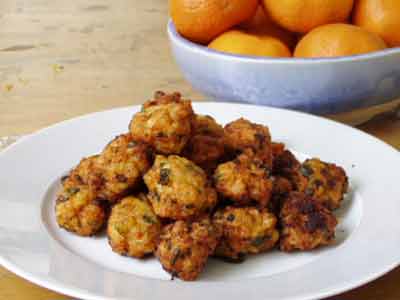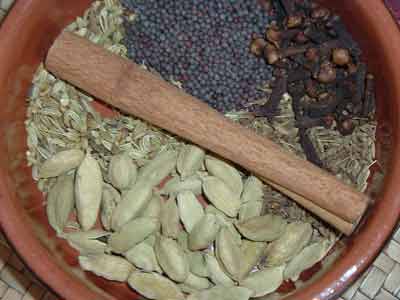Welcome to Singapore Food History.com!
Have you ever wondered what makes Singapore food ticks? Why do Singaporeans eat the way we do? Why is hawker food (street-food) so popular? What did people of Singapore eat in the early 20th century? How did laksa come about? What is traditional Singapore food?
These are some of the many questions I have about Singapore food history, and for which I have embarked on a journey to learn more about Singapore food. It is often said that "we are what we eat", and this website is dedicated to Singapore culinary history and how food has defined our social and cultural experience.
Singaporefoodhistory.com is a resource for anyone interested in Singapore food history. It includes reference to useful books (including the first bibliography of Singapore's cookbooks), events, traditional recipes and links. Articles exploring various issues of Singapore food history will be featured regularly. For the rest of 2005, look out for articles on the use of chilli in Singapore, the food of Singapore in the 19th century as documented by travellers and many more.
At the moment, I am the editor, writer and webmaster all rolled into one. But I hope this will evolve eventually into a forum for other like-minded food enthusiasts and culinary historians, so that we can share our passion and knowledge through this website. With that, I encourage contributions and comments on any topics of Singapore food history, and you can email me at (ailing.devadas AT gmail.com).
This site will be updated frequently, and to keep you updated of new books, articles or events, you can subscribe to the Singapore food history.com regular e-newsletter. To subscribe, please email me (ailing.devadas AT gmail.com).
Enjoy your food, the site, and hopefully I'll hear from you soon!
Ai Ling Sim-Devadas



